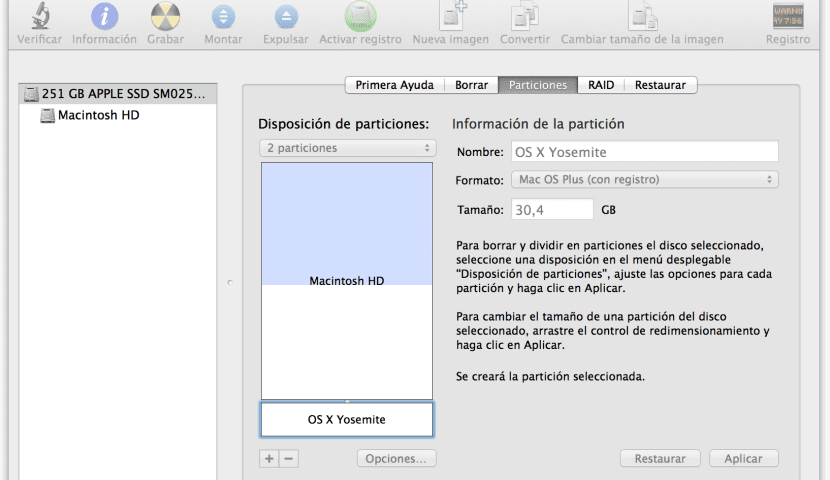

During updates or when the Mac display is completely black, the hardware lights for activity of both CPU and SSD would be quite informative to know if the Mac is frozen-crashed or doing something. The only way of being warned about it is having an application showing the CPU graph all the time, as MenuMeters does, which in my experience after many years does not interfere with anything ever.Ģ. But that is consuming energy, heating the CPU and doing nothing good. The Mac works OK (at least powerful ones like the iMac 5K Retina 27-inch). Unless, of course that you open then –by sheer chance– the Activity Monitor and check CPU activity. The problem is that you do not notice it. It can be fixed just quitting Apple Mail and opening it again. Activity Monitor shows it as “Mail Web Content”. That happens from time to time with Apple Mail. Sometimes, some Application gets hooked and starts eating 100% CPU. And now apparently overheating the left USB-C ports.įor more details, see Apple’s note about kernel_task, and my previous warning.ġ. By far the most common cause of more persistent problems, though, is dust and debris in the air ducts. Hardware diagnostics are usually helpful, or one of several apps which let you check on sensor readings. In those cases, resetting the SMC is usually curative, but it may be the result of a fault in a thermal sensor, or in the SMC itself.
MENUMETERS YOSEMITE FULL
There are rare occasions when fans blow full on and kernel_task goes wild without any thermal problem. Quit Activity Monitor and anything else which might increase the thermal load. Ensure its vents are unblocked, and cooling air can enter and exit freely. When the fans get loud and kernel_task hogs your CPU, it’s time to do all you can to let your Mac cool down. That’s a bit like stopping someone who’s sweating because of the heat from drinking to replace their fluid loss. In the past, some users have taken to meddling with this system, by trying to stop kernel_task from doing its job. So kernel_task‘s high load isn’t a cause of the problem, it’s part of the normal cooling response. Where possible that slows processor speed, and blocks any runaway processes by occupying the CPU with kernel_task. These include its active cooling system of fans, which are run up to speed to blow cooling air over the most sensitive components, and easing off CPU load. When a process runs away and takes over the cores, or any of the internal thermal sensors registers an abnormally warm temperature, Core Duet responds with a set of actions to try to keep it cool. Your Mac’s thermal sensors are monitored by a sub-system named Core Duet, which together with the SMC manages its internal environment and services. kernel_task isn’t causing the thermal problem, it’s part of your Mac’s response to it.
MENUMETERS YOSEMITE PRO
In the example quoted above, the cause is in a thermal sensor placed by the left USB-C ports in many MacBook Pro models. High CPU load by kernel_task often means that your Mac is getting too hot somewhere, or is at risk of heating up. Why is that, and what should you do about it? So, your Mac goes all sluggish, you open Activity Monitor, and there at the top of the CPU list is kernel_task, taking 100% or more. As the significance of this cardinal sign hasn’t been recognised by many expert users, and the warmer weather is drawing near, now is the time to remind ourselves what kernel_task does, and what this means. One key feature mentioned here is that users who have this problem have noticed that a process named kernel_task has also been consuming almost all the CPU, as shown in Activity Monitor. There’s been a recent resurgence of interest in an old thread elsewhere about MacBook Pro models overheating when being charged and connected to external devices using the USB-C ports on their left side alone.


 0 kommentar(er)
0 kommentar(er)
